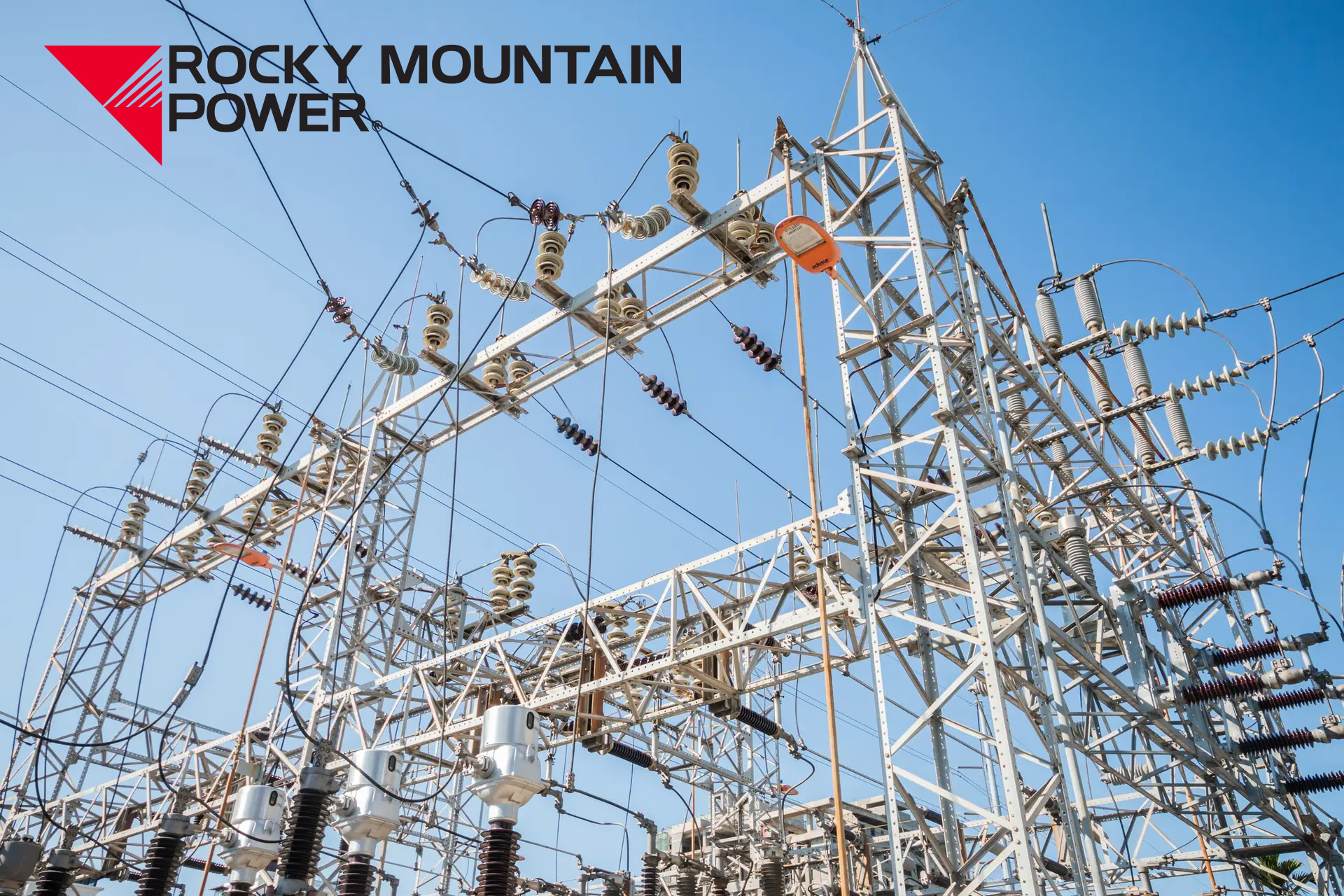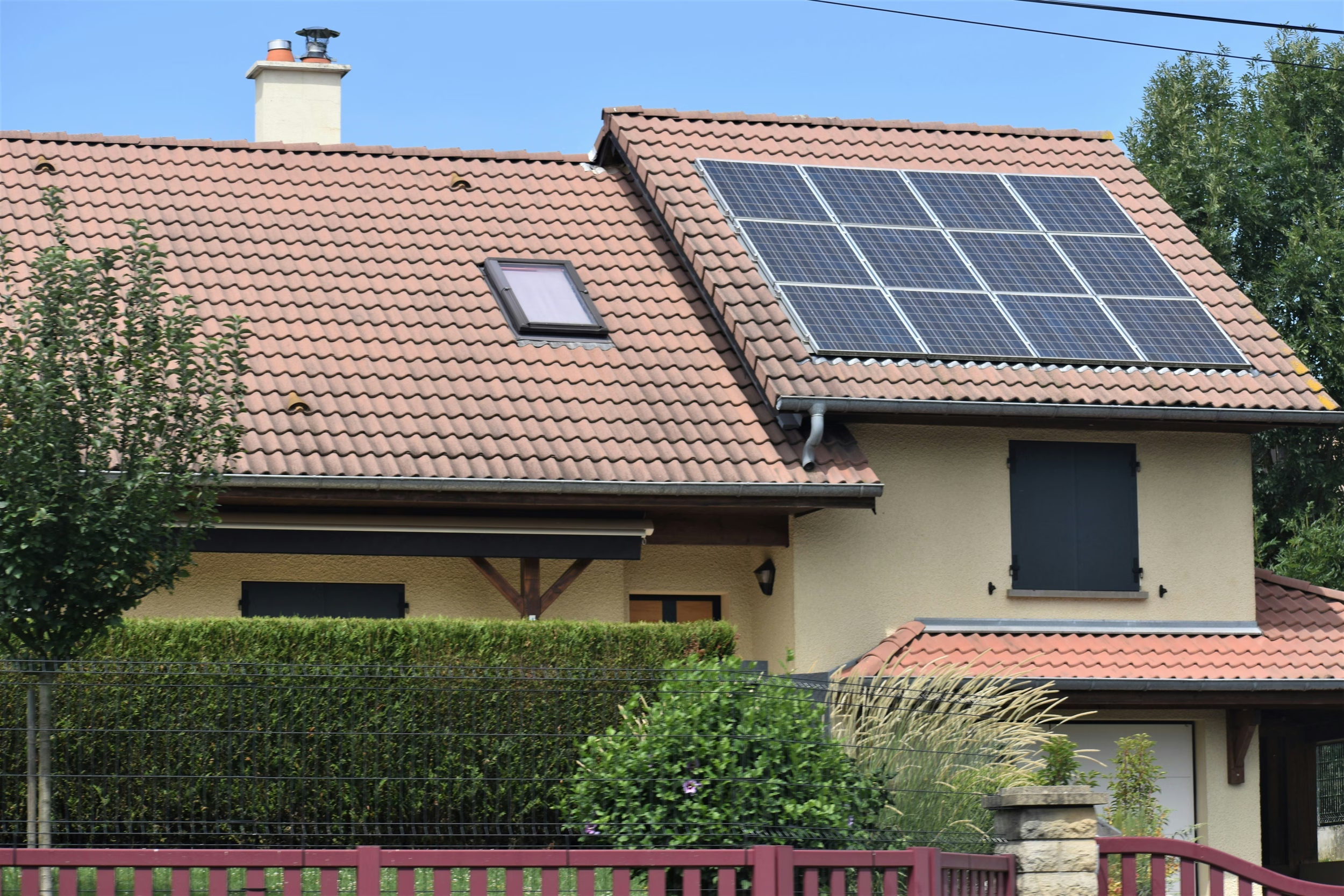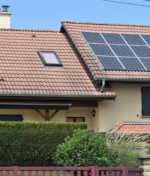
Understanding Rocky Mountain Power’s Proposed Rate Increases
Updated 1/16/2025
In the face of rising energy costs, Utah’s primary utility provider, Rocky Mountain Power, has proposed a significant electricity rate increase, raising questions and concerns among its customers. The proposed rate hike of 30.5% has sparked a dialogue across the state, affecting both households and businesses. In this post, we’ll break down the reasons behind this substantial increase, delve into the implications for Utah residents, and explore options to help manage rising utility costs.
The Proposed Rate Increase
The recent proposal from Rocky Mountain Power seeks to raise electricity rates by 30.5%, a jump that has caught many off guard. The primary driver, as stated by the utility company, is the surge in fuel prices. Utility companies typically rely on a mix of energy sources, including coal, natural gas, and renewable resources. Rocky Mountain Power cites rising costs, particularly in the fossil fuel sector, as a key factor in the need for a rate hike.
In the most recent proposal, Rocky Mountain Power proposes a residential rate increase of 18.1% taking effect in 2025.
Key Factors Contributing to the Rate Increase:
Higher Fuel Costs
Natural gas prices going up have affected energy companies worldwide, including Rocky Mountain Power. Natural gas is crucial when demand for electricity is highest, but with prices rising, it costs more for the utility company to operate. These increased costs are why they want to raise rates.
In Salt Lake City, a protester told Fox 13 News, “It’s really tough… we’re barely making it, and now this?” Families like hers are struggling because natural gas prices keep changing. Many people in Utah feel the same way, especially those already on tight budgets.
Read the full story on Fox 13 News.
Grid Modernization
Rocky Mountain Power is working to upgrade its equipment to make the power supply more reliable and meet environmental goals. This includes fixing power lines, updating substations, and adding new technology to stop outages. But these upgrades are expensive, and the costs are passed on to customers.
A spokesperson from Rocky Mountain Power said, “We know this is a tough time for many, but these updates are important for keeping the power grid reliable as Utah’s population and businesses grow.” Updating the grid is necessary to meet higher energy needs and prepare for a more sustainable future.
Shift to Renewable Energy
Switching from coal to renewable energy sources like solar and wind is important for a sustainable future, but it requires a lot of money upfront. Building new facilities, improving old ones, and adding renewable energy to the power grid all cost a lot.
“Renewable energy is our future,” said one energy expert in Utah, “but getting there will take sacrifices from everyone.” While these investments will help in the long run, they are also causing the current rate increase. For Utah families, moving to renewable energy brings hope for cleaner energy but also creates immediate financial challenges.
For the average household in Utah, this rate increase could mean an extra $400 to $500 a year on their electricity bills, which could have a big effect on many family budgets.
Why the Cost Falls on the Utah Consumer
Rocky Mountain Power talks about how outside economic factors are affecting prices, but it’s also important to think about how energy markets work and how they affect utility rates. Most utility companies are regulated monopolies, which means they are the main supplier of electricity in an area, and their prices must be approved by state regulators. Even though these companies don’t have competition, their rates are checked to make sure they are making a profit while also being affordable for customers.
The Utah Public Service Commission will evaluate the proposal, considering both the justification provided by Rocky Mountain Power and the potential financial strain on consumers. However, given that utilities are generally allowed to pass increased operational costs onto customers, it’s likely that a rate increase will occur, albeit possibly at a lower level than initially proposed.
The Impact on Utah Households and Businesses
For many Utah residents, an increase in electricity rates will translate into noticeable adjustments in their monthly budgets. Lower-income households and individuals on fixed incomes, such as retirees, may find these increases particularly burdensome. Moreover, small businesses could face a reduction in profits or higher costs, which they may have to pass on to customers.
In addition to the immediate financial impact, higher energy costs may also have a ripple effect on housing costs, as landlords often include utilities in rental agreements or adjust rents in response to utility costs. This can further strain budgets in an already tight housing market.
Utah Governor, Spencer Cox, has an opinion on the proposal as well, taking it to Twitter (X).
What You Can Do to Manage Rising Energy Costs
While the proposed rate increase is significant, there are steps that residents can take to manage their energy usage and offset rising costs:
- Invest in Energy Efficiency: Simple changes, such as installing LED bulbs, upgrading to energy-efficient appliances, and improving insulation, can reduce electricity use.
- Adopt Renewable Energy Sources: Solar energy is a particularly viable option in Utah, given its sunny climate. By installing solar panels, households can produce their own electricity, reduce reliance on the grid, and even earn credits for excess power generated. This can substantially lower monthly bills and protect against future rate increases.
- Take Advantage of Rocky Mountain Power Programs: Rocky Mountain Power offers programs to help residents manage energy costs, including time-of-use rates and rebates on energy-efficient appliances. By shifting energy use to off-peak hours or upgrading appliances, customers can take advantage of these programs and potentially lower their bills.
- Apply for Utility Assistance Programs: For those facing financial hardships, there are local and federal assistance programs available, such as the Low Income Home Energy Assistance Program (LIHEAP), which provides grants to help cover utility costs. Rocky Mountain Power also has its own assistance programs for eligible customers.
How is Solar Energy Offsetting Rate Increases
For Utah residents considering long-term solutions, solar energy presents an appealing option. As energy prices rise, solar power can offer savings over time by allowing homeowners to generate their own electricity and potentially offset a large portion of their utility bill. With Rocky Mountain Power’s net metering program, customers with solar panels can earn credits for the excess power they send back to the grid, further reducing their costs.
Although the initial cost of solar panels can be high, there are many ways to make solar energy more affordable, like financing options, tax credits, and incentives. For example, the federal solar investment tax credit (ITC) currently offers a 30% credit, which helps lower the costs for homeowners who install solar panels. Utah residents can also use state tax credits to make solar energy more affordable.
The proposed rate increase from Rocky Mountain Power is part of bigger trends in the energy market, especially the changing prices of fossil fuels and the costs of switching to renewable energy. While this increase can be tough for Utah families and businesses, there are things people can do to lessen the impact.
For those wanting to control their energy bills and avoid market price changes, investing in renewable energy like solar is a good option. As energy prices keep rising, choosing energy solutions that don’t rely on the market can save money and help the environment. By making smart decisions about energy efficiency, using renewable energy, and taking advantage of help programs, Utah residents can be ready for a future where energy costs keep going up.




